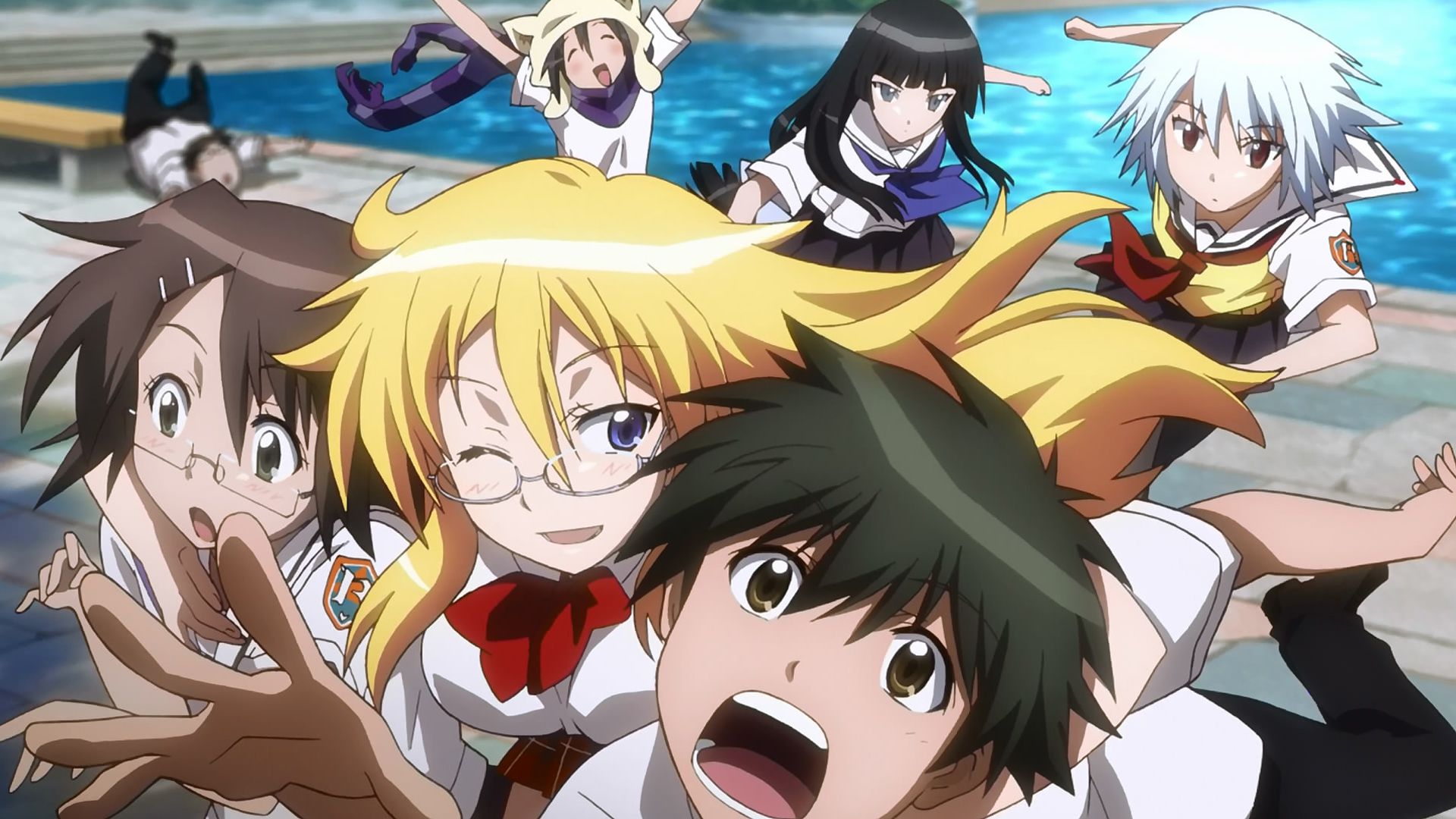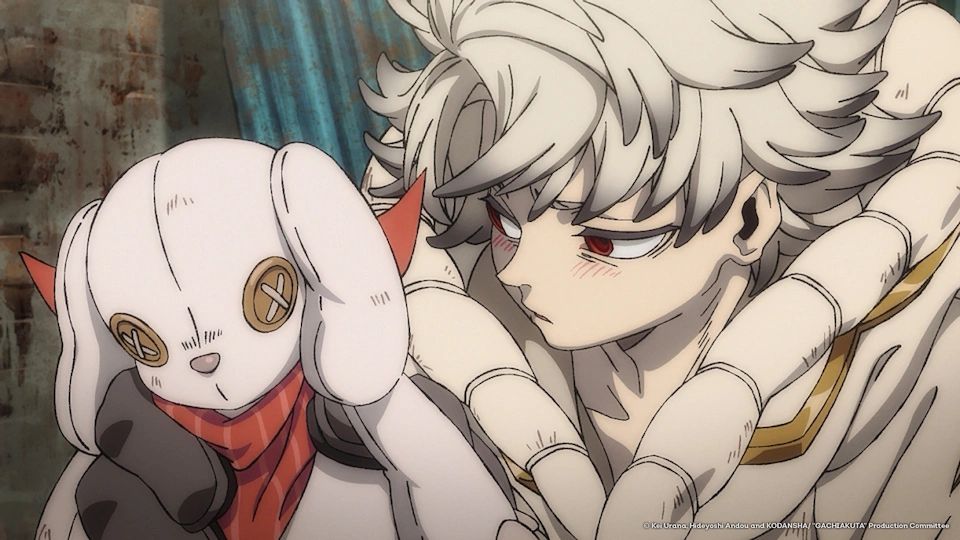The best anime movie posters are a unique blend of artistry and marketing, serving not only to promote films but also to encapsulate their essence in visually striking ways. These posters often reflect the vibrant and imaginative worlds depicted in anime, employing bold colors, intricate designs, and symbolic imagery to draw viewers in. Each poster is a canvas that tells a story, inviting audiences to explore the narratives and emotions behind the films.
In this exploration of the best anime movie posters, we will delve into the elements that make them exceptional, highlighting notable examples that have left a lasting impact on audiences.
1. Berserk

Berserk is one of the best anime movie posters created by Kentaro Miura, which made its debut in 1989. Set in a world reminiscent of medieval Europe, the narrative centers on Guts, a solitary mercenary, who battles against demonic entities following his betrayal by Griffith, the leader of the Band of the Hawk. The franchise has since evolved to include various anime adaptations, films, video games, and a range of merchandise.
The artwork is characterized by its dark and intense aesthetic, featuring deep reds and stark shadows. This dramatic poster for Berserk encapsulates the series’ notorious style, evoking a profound sense of suffering. For a film that explores the themes of old bonds being both reforged and shattered, the cover art serves as an ideal homage for devoted fans while hinting at the harrowing events that await new viewers.
2. Vampire Hunter D
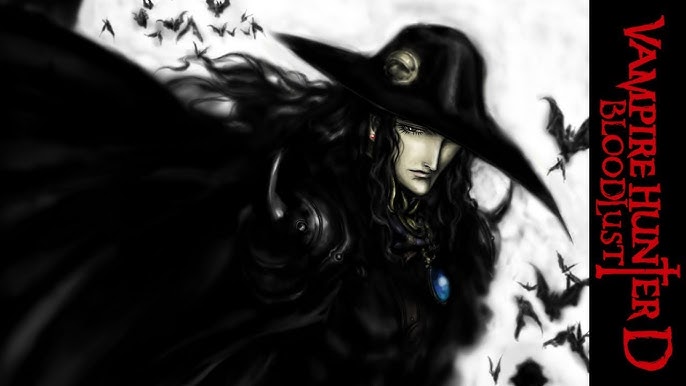
Vampire Hunter D is set in a distant future where humanity faces a resurgence of terror from a vampire aristocracy known as the Nobility. When Count Magnus Lee selects Doris Lang to be his bride, she turns to the enigmatic vampire hunter known only as D for help in defeating the Count and escaping her grim fate.
The movie’s posters are enveloped in a dreamlike haze, featuring bold silhouettes, elongated lines, and deep blacks that enhance the mysterious atmosphere. Yoshitaka Amano’s artwork perfectly complements the film’s dark romanticism, embodying the elusive nature of its main character while reflecting the fantastical elements of the supernatural genre.
3. Angel’s Egg
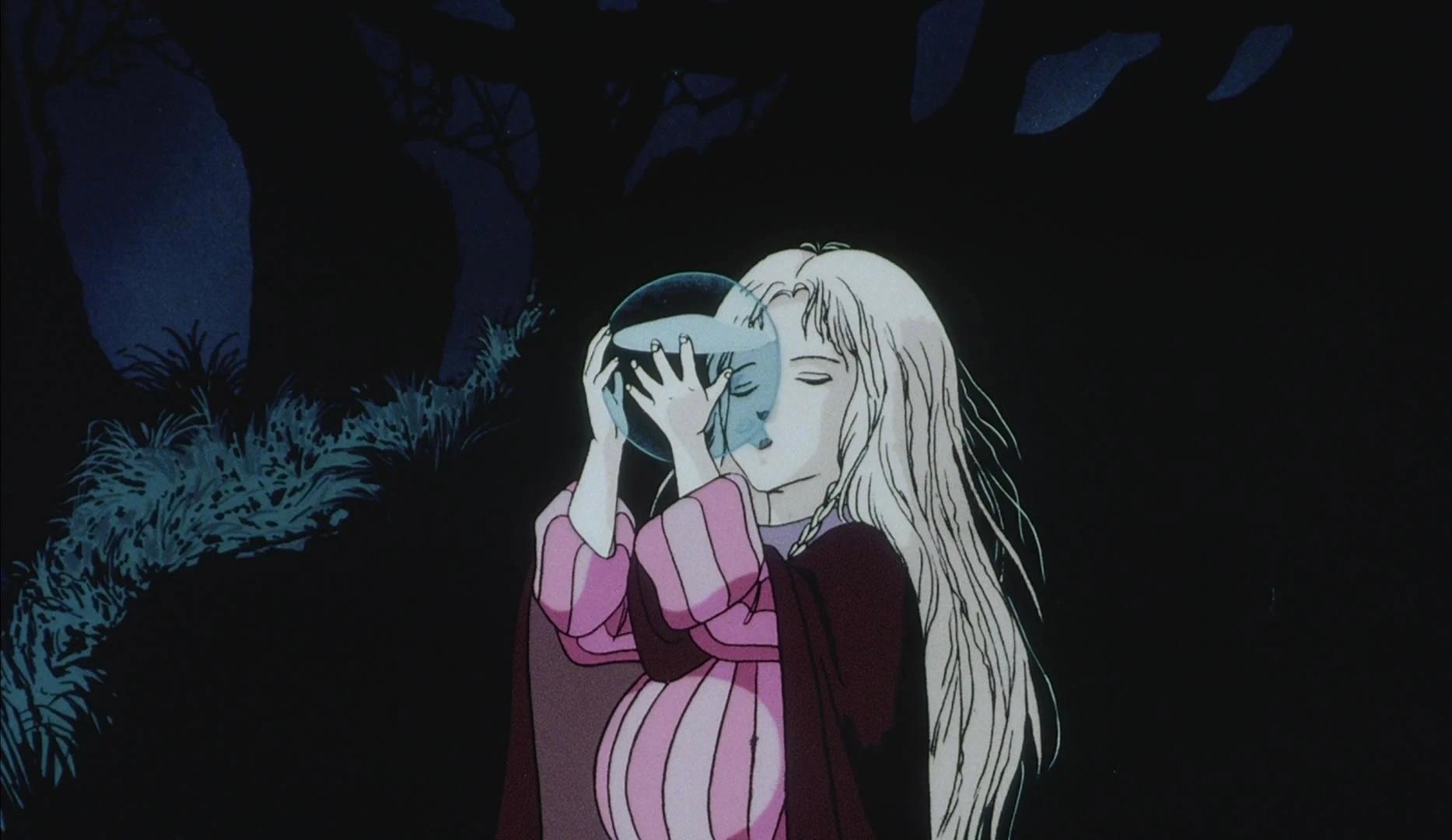
Angel’s Egg is a psychological, dream-like drama that follows a solitary young girl as she navigates a desolate, post-apocalyptic city while safeguarding a large egg. Her journey takes a turn when she encounters a mysterious boy, leading to profound discussions about the egg’s significance and the nature of humanity. This interaction serves as a visual exploration of faith and existential themes.
The film’s animation style mirrors its ethereal narrative, with promotional art that evokes a sense of wistfulness, reminiscent of smoke drifting in the breeze. Created through the collaboration of artist Yoshitaka Amano and director Mamoru Oshii, the film beautifully merges their imaginative and illustrative styles. The artwork features somber tones and soft, crackled textures that collectively evoke a sense of nostalgia for this 1985 fantasy classic.
4. Grave of the Fireflies

Grave of the Fireflies unfolds in the aftermath of World War II, chronicling the struggles of Seita and his four-year-old sister, Setsuko, as they fight for survival amid hunger, grief, and despair in the Japanese countryside. As they navigate their harsh reality, Doris Lang seeks the help of the mysterious vampire hunter D to confront Count Magnus, who has chosen her as his bride.
The movie’s promotional art captures a haunting atmosphere, often shrouded in a haze that emphasizes the children’s plight against a backdrop of warplanes lurking in the night sky. Dominated by shades of red—symbolizing danger, pain, sacrifice, and courage—the illustrations evoke a sense of foreboding.
5. Belladonna Of Sadness
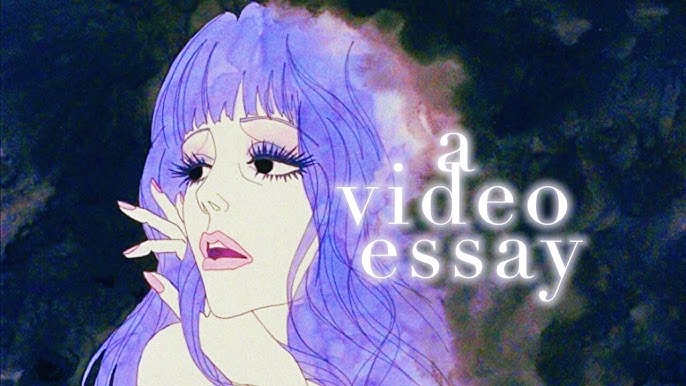
Belladonna of Sadness tells the story of Jeanne, a beautiful peasant woman who, after being raped by the local lord on her wedding night and betrayed by her husband, makes a pact with the Devil to seek revenge.
The movie’s posters perfectly encapsulate its 1970s aesthetic, featuring psychedelic, erotic, and supernatural imagery. The artwork is characterized by delicate lines and a vibrant palette of pastel colors, creating a dreamy watercolor effect. This collection of illustrations exudes mystery and drama, aligning seamlessly with the film’s themes of depravity, rebellion, and the occult.




